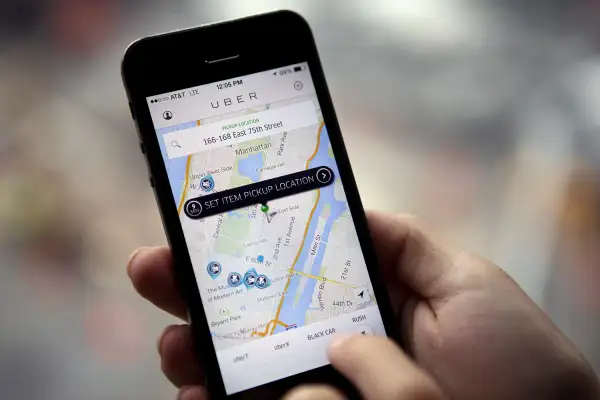Uber's Surge Pricing Doesn't Work the Way It's Supposed To, Says Report

Saturday evening, and you're late to a friend's birthday dinner. But that Uber you were planning to grab? It's now three times its normal price.
This is a phenomenon that those of us in Uber-serviced cities know all too well: surge pricing. It's driven by an Uber-designed algorithm that's meant to keep Uber supply and demand in match, so that the company can continue to deliver on its promise of a "driver within minutes." Higher prices temper riders' demand while encouraging drivers to drive to busy areas.
But according to a new study conducted by computer scientists at Northeastern University, the algorithm doesn't work as intended. As reported by NPR, by creating 43 Uber accounts in locations across San Francisco and Manhattan and collecting the data those accounts received on nearby Uber drivers, the researchers were able to map how drivers' comings-and-goings correlate with surge pricing.
What they found was that while surge pricing quickly lowers demand for Ubers, it does not uniformly increase supply to those areas. In fact, some Uber drivers actually head away from areas with surge pricing, knowing that falling demand is likely to leave them without customers. It's a lose-lose situation, and not uncommon: The study found that surges happen about 14% of the time in Manhattan and 57% of the time in San Francisco.
There are some bits of good news buried in the study: Because Uber prices are updated every five minutes, surge pricing tends to be short-lived. Most often, it lasts less than ten minutes. And because prices vary significant from one neighborhood to the next, and even from street to street within the same neighborhood, you can often avoid surge pricing by simply walking a few hundred feet from your starting point.
Meanwhile, Uber recently redesigned its driver app to better predict demand on a more granular scale than before, which should decrease the need for surge pricing.
But for now, as NPR points out, the best way to avoid Uber's surge pricing is to have a little patience—and start walking.
UPDATE Uber sent the following response:
People love the ability to push a button and get a ride quickly and reliably—wherever they are in a city. And dynamic or surge pricing helps make that possible because it encourages drivers to go to the neighborhoods with the highest demand—ensuring there’s always a ride available within minutes. Contrary to the findings in this report, which are based on extremely limited, public data, we’ve seen this work in practice day in day out, in cities all around the world.